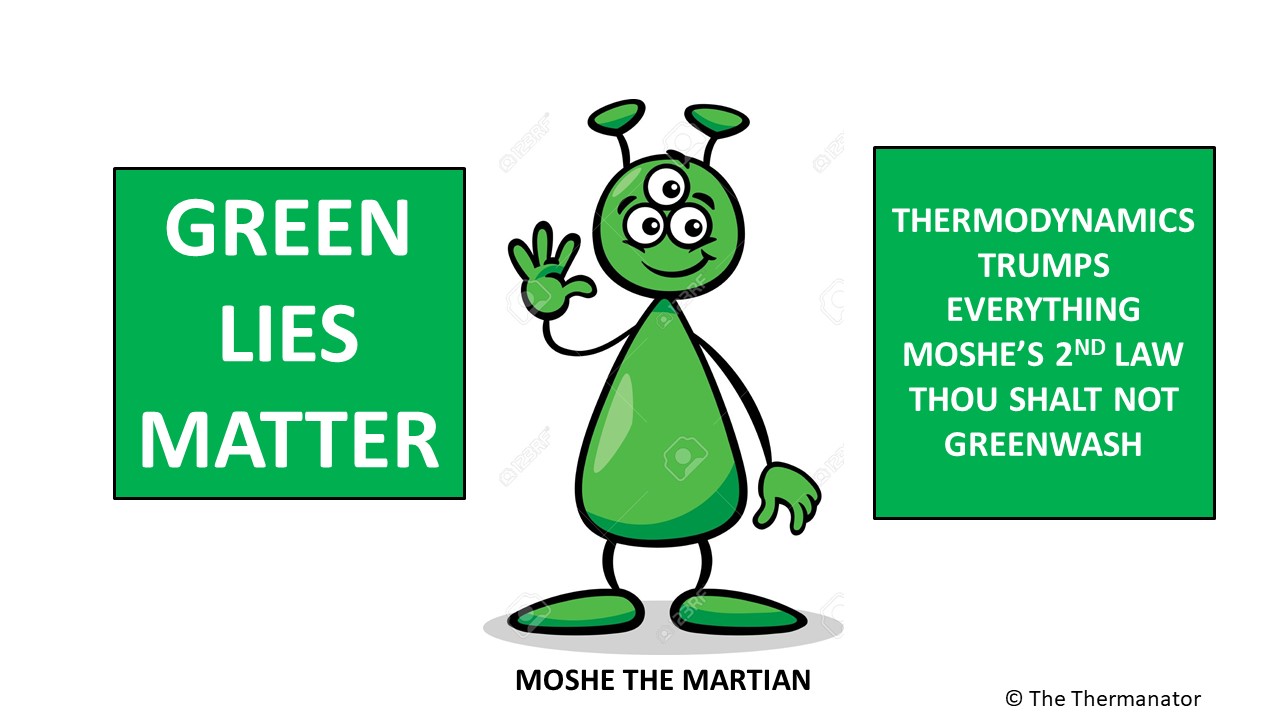China faces unique challenges in regulating genetically modified (GM) crops for commercial agriculture. China has world-class biotechnology research and development capacity and has made several important advancements in the field. At the same time, China faces mounting challenges in the implementation and enforcement of biosafety regulations. Market economy pressures, administrative fragmentation, and lack of transparency in policymaking contribute to China’s difficulties. Recent changes in China’s biotechnology policies4 will broaden the commercial use of GM food crops, but will likely cause little improvement in China’s biotechnology governance capacity.
Several key biotechnology achievements have been made by Chinese researchers, but China lags behind the world in large-scale commercial distribution of GM food crops2. Cotton engineered with the natural insecticide gene from the bacterium Bacillus thuringensis (Bt) has been widely distributed in China since its approval in 19981, along with limited use of five other GM crops2. However, GM corn and rice were only approved in 20093, despite development of these strains in state institutions, extensive field trials, and pressure from key proponents in the 863 and 973 committees that fund and regulate GM research1.
China has closed networks of people responsible for the funding, research, promotion, and regulation of GM crops in government-organized groups which James Kelley calls the biotechnology discourse coalition1. This network is notorious for its lack of transparency and certainly has the appearance of a conflict of interest in the decision making process1. Nonetheless, decisions coming out of this network show disparate results depending on the GM crop. Factors in China’s caution toward Bt rice include economic worries about global trade bans and labeling requirements, scientific uncertainty towards potential genetic drift into diverse traditional rice strains, increased public interest in potential changes to their staple food, as well as regulatory concern for illegal planting of GM seeds.
China’s National People’s Congress is ready to install a new set of rules governing the “production, development, and research of GM grains”4. But despite tough biosafety rules requiring field testing for at least three growing seasons before certification5, doubt remains about the enforceability of GM crop regulations in China. Administrative fragmentation continues to tangle China’s governance of biosafety issues as numerous Ministries vie for influence.
The fact that China has dealt with commercialization of GM food crops more cautiously than many western countries emphasizes the delicate balance China is trying to strike in its approach to regulating GM crops. Despite China’s attempts to further regulate the growing biotechnology industry, it is now opening up GM food crops to widespread cultivation and will be unlikely to effectively assert regulatory control over them.
~Mark Bremer, Green Explored Contributor
---------------
[1] Keeley, James (2006) 'Balancing technological innovation and environmental regulation: an analysis of Chinese agricultural biotechnology governance', Environmental Politics, 15: 2, 293 — 309
[2] GMO Compass 3/29/10 “Genetically modified plants: Global cultivation on 134 million hectares”
[3] Reuters 11/27/09 “China gives safety approval to GMO rice”
[4] Reuters 12/27/10 “China mulls GMO food law, grain law ready in 2011”
[5] Robert F. Durant, Daniel J Fiorino, and Rosemary O’Leary (eds.) Environmental governance reconsidered: challenges, choices, and opportunities. 2004. MIT Press. (pg.121)





